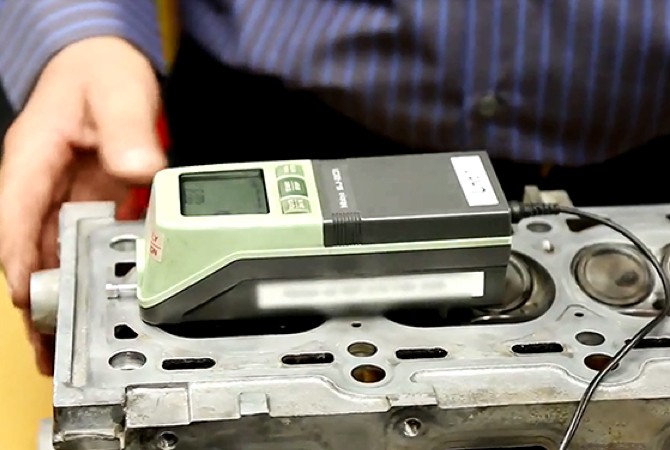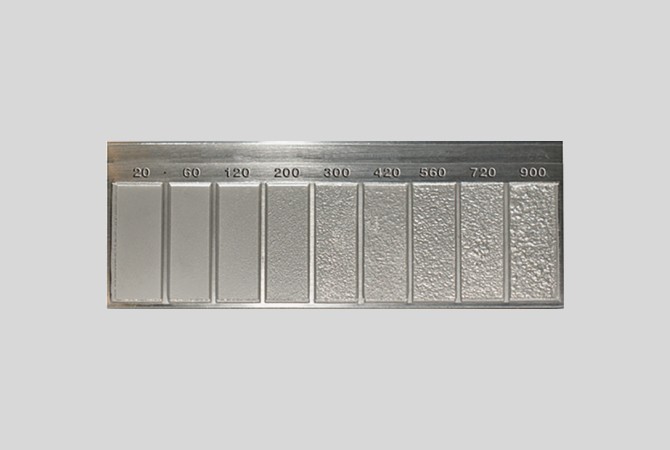Prep Work Required
The engine’s most dynamic and critical seal, the head gasket must withstand high temperatures and casting movement to create a perfect and reliable seal. It not only must contain the extreme cylinder pressures generated during the combustion process, but also has to seal high pressure oil and the oil drain backs, and engine coolant. There are a number of variables that contribute to both the horizontal and vertical motion that occurs between the cylinder head and engine block (deck area).
Fel-Pro® uses a variety of the latest sealing technologies available to design head gaskets that conform and compensate for minor surface imperfections while being dense enough to maintain even loading between the cylinder head and block. However, even the best head gasket can’t seal a surface that is improperly prepared. Before installing a new head gasket, surface conditions of the engine block and cylinder head must be inspected and refinished if they are out of spec.
Determining the Proper Finish

In order to determine an appropriate surface finish, consider the metallurgy of the head and block castings as well as the material and design of the head gasket being used in the install. Different gaskets require different surface finishes, so the surface finish must be matched to the type of gasket that is required for the application. To determine surface finish requirements, consult the OEM repair manual.
The importance of attaining the appropriate surface finish, one that matches the style of head gasket being used, cannot be overstated. Each type of Fel-Pro head gasket – whether it be PermaTorque® MLS, PermaTorque, solid or perforated core, single layer embossed steel, or other types – all require specific surface finish requirements. If the surface is too smooth, the gasket will have less "grip" and may leak; if the surface is too rough, the gasket will have a difficult time conforming to surface imperfections and may also leak. Surface finish can be checked using a surface finish comparator or a profilometer. Checking the cylinder head surface finish and flatness is an important step to take before installing a head gasket.
Measuring Roughness with Surface Finish Comparator

Roughness Average (Ra) is the average micro-inch measurement of peak-to-valley roughness height of a flat surface. The lower the Ra number, the smoother the surface. Fel-Pro recommends a finish of 60 to 80 Ra for cast iron cylinder heads and blocks and 50 to 60 Ra for aluminum.
Fel-Pro uses proprietary head gasket coatings and facing materials designed to fill in minor surface imperfections and allow for improved sealing on imperfect surfaces found in the repair environment. OEM MLS gaskets work well on new, flat, clean castings, since they require a very smooth surface finish, usually 20-30 Ra or less.
Fel-Pro’s PermaTorque MLS head gaskets are designed specifically for the repair environment and use a specialized coating that accommodates finishes as rough as 80 Ra. Surface flatness is equally important to surface finish, so always check components to ensure they are not warped or distorted. To maintain constant contact between the head gasket and mating surfaces, all deck surfaces must start out flat and remain flat after being torqued to specification. A good rule for flatness is that surface flatness, measured in thousandths of an inch, should never exceed the number of cylinders on each bank across the length of the block.
For example, no block or cylinder head should exceed .003" out-of-flat if there are 3 cylinders, as there would be in an inline-3 or V6 engine. Inline-4 and V8 applications should never exceed .004" out-of-flat and so on. No block or head should not be more than .002" out-of-flat across the width of the surface.
Learn more about Fel-Pro quality gaskets that are designed for the repair environment, find your car part, or find where to buy your auto part today.
The content contained in this article is for informational purposes only and should not be used in lieu of seeking professional advice from a certified technician or mechanic. We encourage you to consult with a certified technician or mechanic if you have specific questions or concerns relating to any of the topics covered herein. Under no circumstances will we be liable for any loss or damage caused by your reliance on any content.